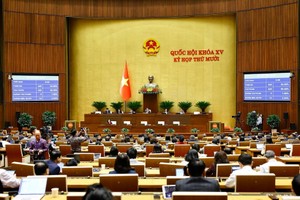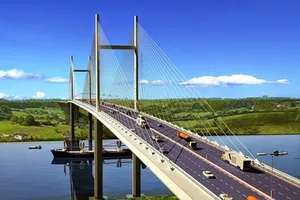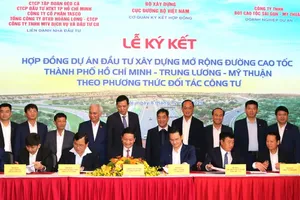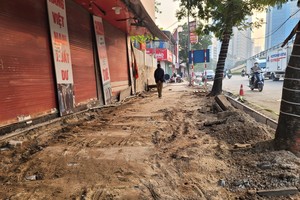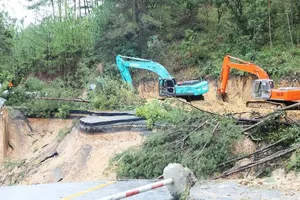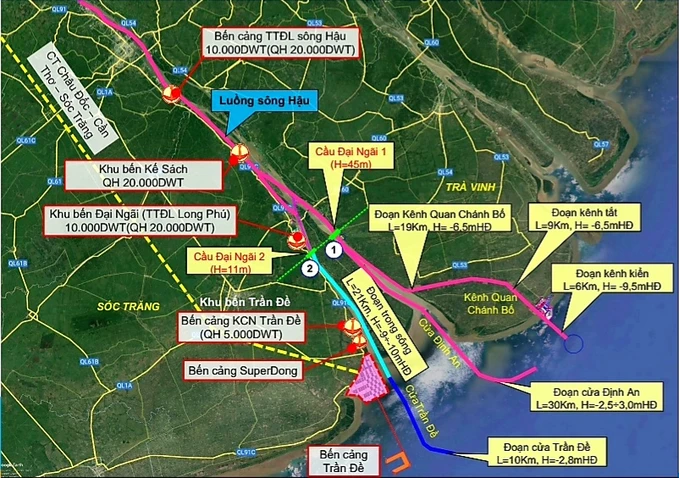
Mr. Tran Van Lau, Chairman of the People’s Committee of Soc Trang Province, announced that the Ministry of Construction has officially approved the detailed master plan for the development of Soc Trang’s seaport area—both land and water zones—for the 2021–2030 period, with a long-term vision toward 2050, on May 14.
Under the approved plan, the Soc Trang seaport system will encompass several subzones, including Ke Sach, Dai Ngai, Tran De, along with anchorage areas, buoy stations, transshipment zones, and designated areas for sheltering during storms.
By 2030, the seaport is expected to handle between 30.7 million and 41.2 million tons of cargo annually, including between 970,000 and 1.36 million TEUs of containerized goods. Passenger throughput is projected to range from 522,100 to 566,300 arrivals per year. By 2050, the system is anticipated to sustain a compound annual growth rate of approximately 5.5 percent to 6.1 percent in cargo volume.
A key component of the plan is the offshore port at the estuary of Tran De, part of the Tran De terminal cluster. This port will include between two and four berths—handling general cargo, containers, and bulk commodities—stretching from 800 to 1,600 meters in length. It will accommodate general and container vessels of up to 100,000 tons and bulk carriers of up to 160,000 tons, with an annual cargo capacity between 24.6 million and 32.5 million tons.
The land requirement for the development through 2030 is estimated at around 1,331 hectares, excluding adjacent industrial and logistics zones tied to the port infrastructure. The planned water area spans approximately 148,486 hectares, which includes zones under maritime management not designated for construction.
The total projected investment for the Soc Trang seaport system by 2030 is over VND61.51 trillion, comprising nearly VND19.61 trillion for public maritime infrastructure and VND41.91 trillion for port facilities dedicated to cargo handling operations.
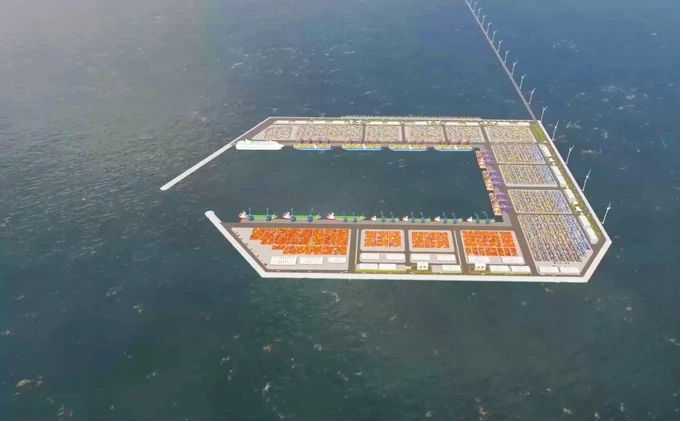
The master plan also identifies a set of priority projects, including the construction of public infrastructure for the Tran De offshore terminal—such as navigational channels, breakwaters, and a sea-crossing bridge. Additional priorities involve investment in maritime safety infrastructure, administrative facilities for State management, and the development of a dedicated terminal for the Long Phu No.1 Thermal Power Plant. The province is also seeking investment for further expansion of the Tran De offshore terminal cluster.
Mr. Tran Van Lau, Chairman of the People’s Committee of Soc Trang Province, emphasized that the decision approving the detailed master plan for the development of Soc Trang’s seaport land and water zones serves as a critical legal foundation for the province to advance the implementation of Resolution No.13-NQ/TW of the Politburo and Resolution No.78/NQ-CP of the Government. These resolutions outline the strategic direction for socio-economic development and the safeguarding of national defense and security in the Mekong Delta region through 2030, with a vision toward 2045. The ultimate objective is to complete the regional port system as planned, positioning Tran De Seaport in Soc Trang as a national special port and the principal maritime gateway for the entire delta.
According to Chairman Tran Van Lau, the Soc Trang seaport system—particularly the Tran De offshore terminal—will serve as the main gateway for the Mekong Delta, enabling direct import and export activities, helping to significantly lower transport and logistics costs while enhancing the competitiveness of regional businesses.
More importantly, the seaport is projected to become a powerful catalyst for attracting investment across a wide range of sectors. It will also generate substantial employment opportunities for local communities, contributing to sustainable economic growth, social welfare, regional security, and national defense.
